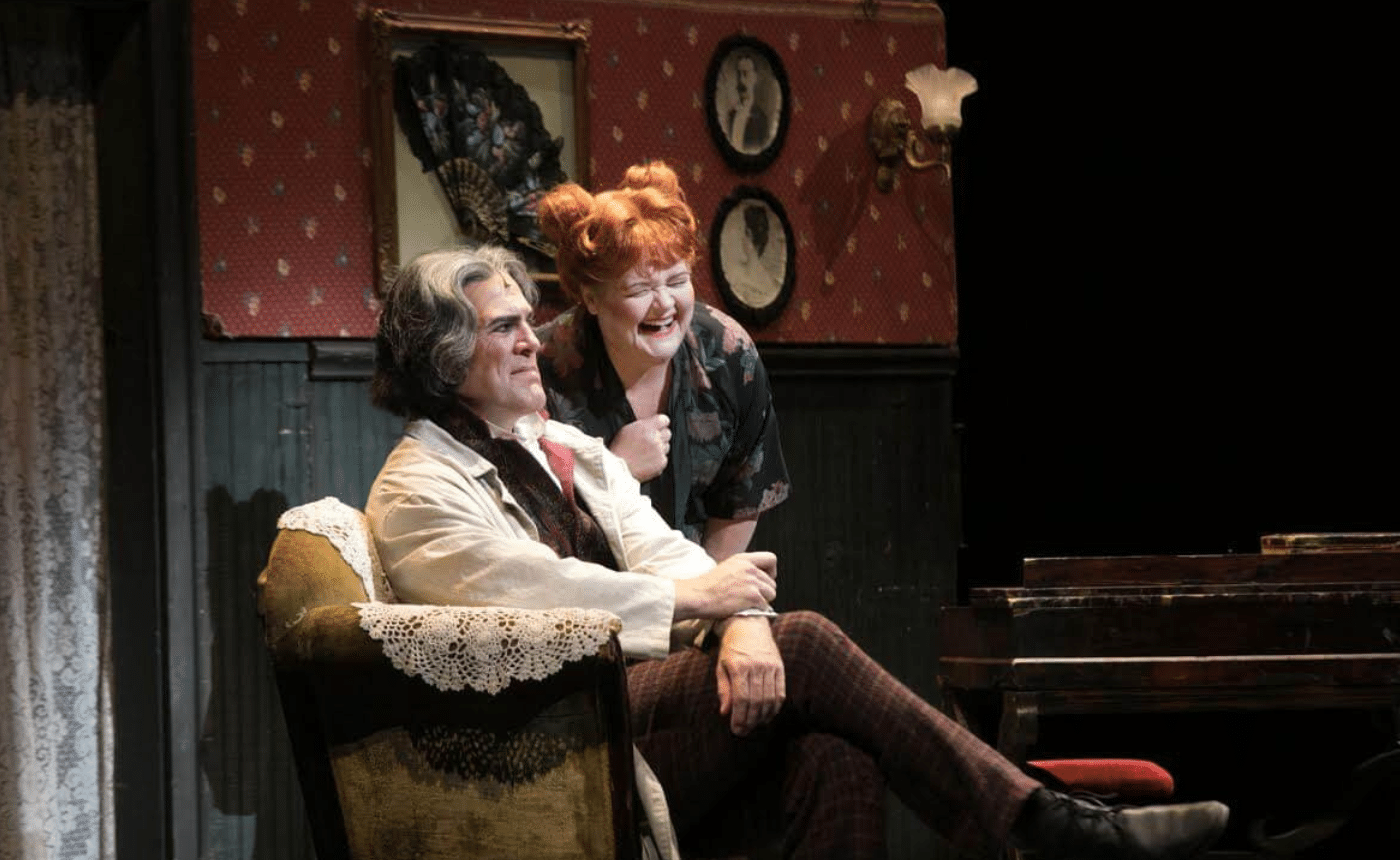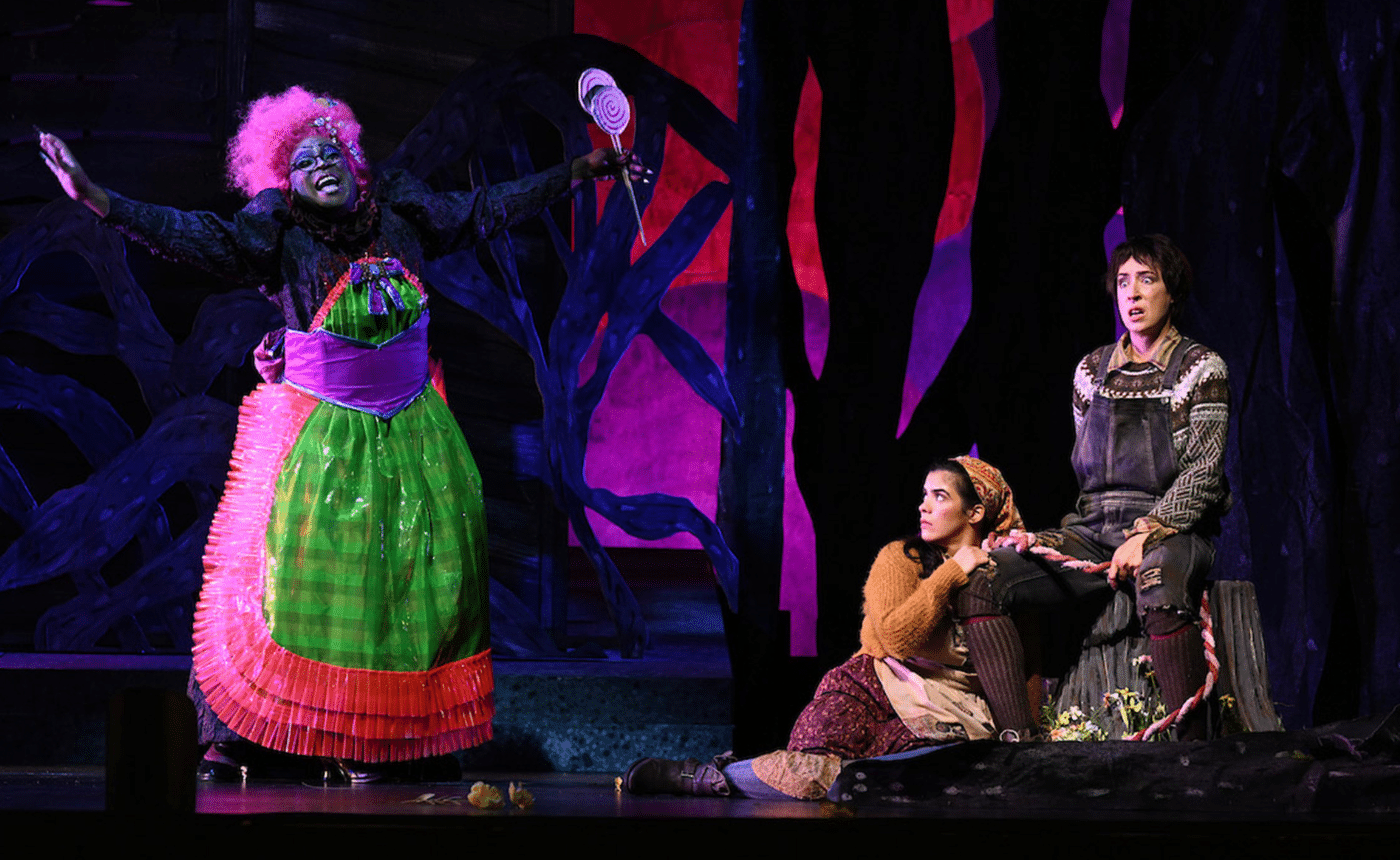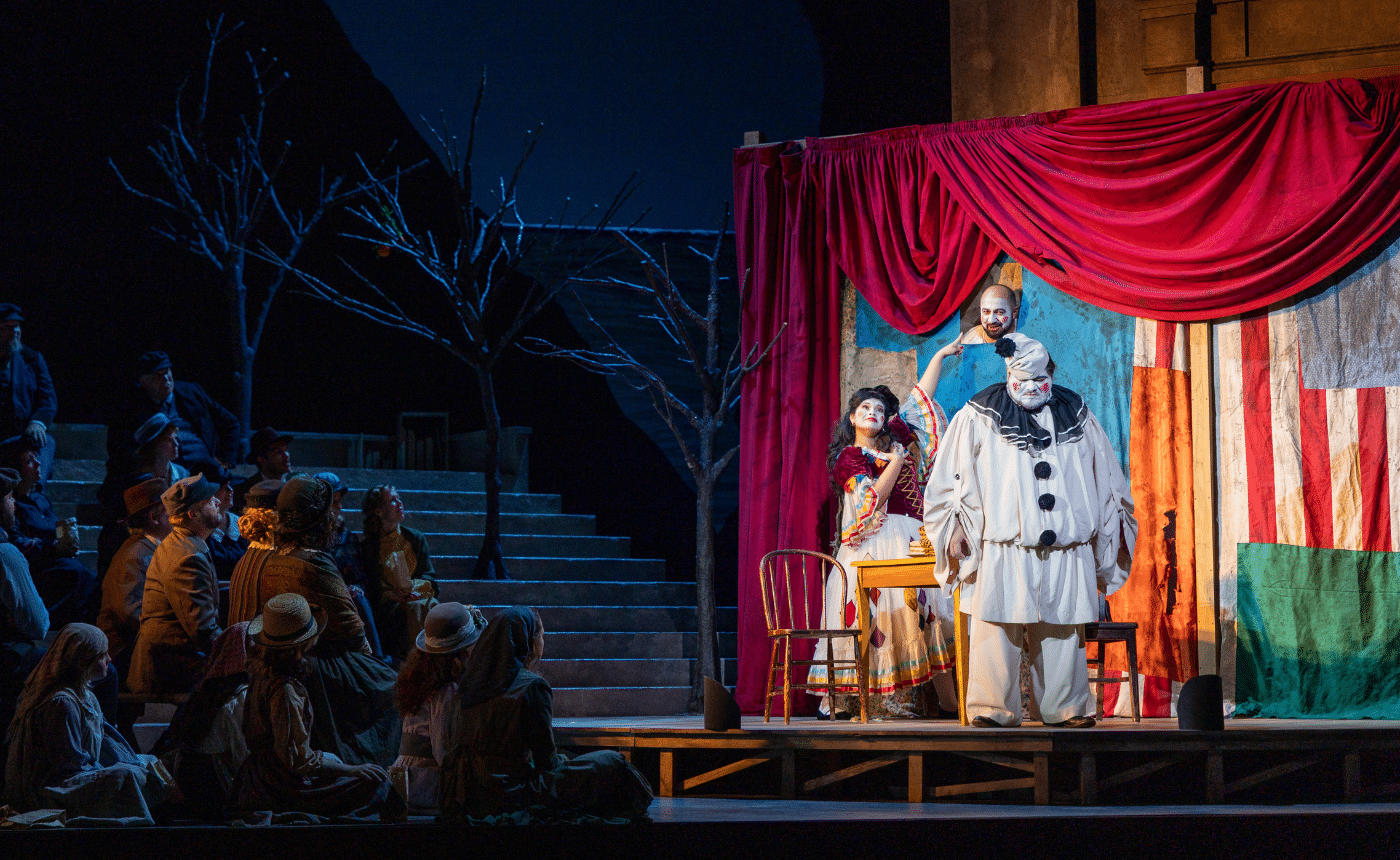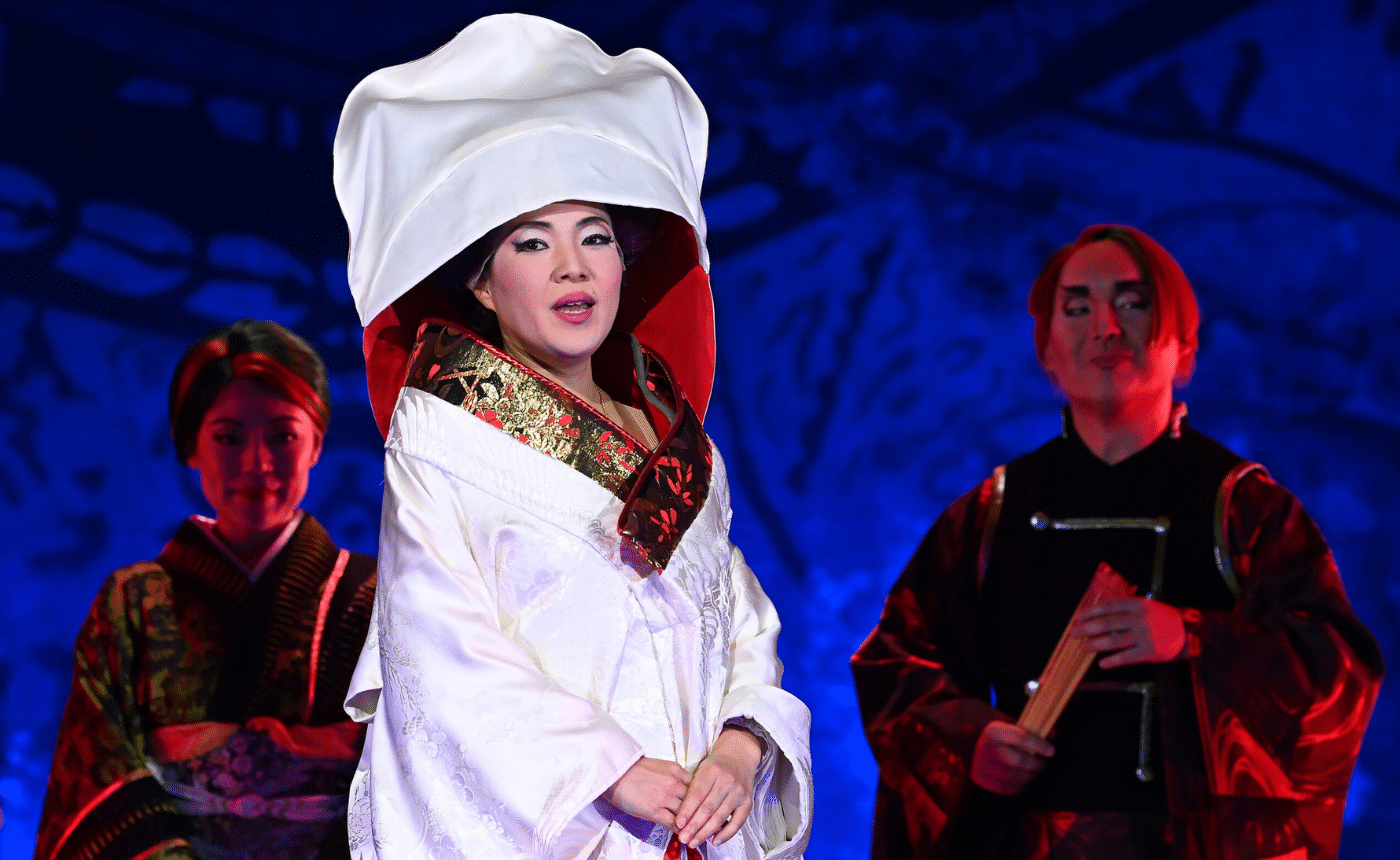Verdi’s Rigoletto: The King Amuses Himself
by Michael Clive
Dating from 1850, when Giuseppe Verdi was 37, Rigoletto is arguably the opera that announced him as the dominant musical genius of the 19th Century in Italy. It is daringly innovative, departing from the bel canto operatic traditions that informed his earlier operas such as Ernani and Nabucco. And it is so full of gorgeous music—thrilling solo arias, glorious ensembles, and compelling orchestral passages—that it’s tempting to sit back and simply lose ourselves in beautiful sound. If that seems appealing, here’s a word of advice:
Don’t. Instead, enjoy Rigoletto as you would a great movie: Look and think as you listen.
Verdi was, first and foremost, a man of the theater. His bold decision to set Victor Hugo’s shocking play Le roi s’amuse as an opera resulted in a musical drama as timely as this morning’s Twitter feed. It remaions relevant to anyone who has ever worked for a corrupt boss or felt frustrated by apparent immorality in government. As we experience the drama unfolding onstage, the beauty of the music intensifies the pathos, horror and revulsion engendered by a very dark story couched in the moral hazards that you and I face every day.
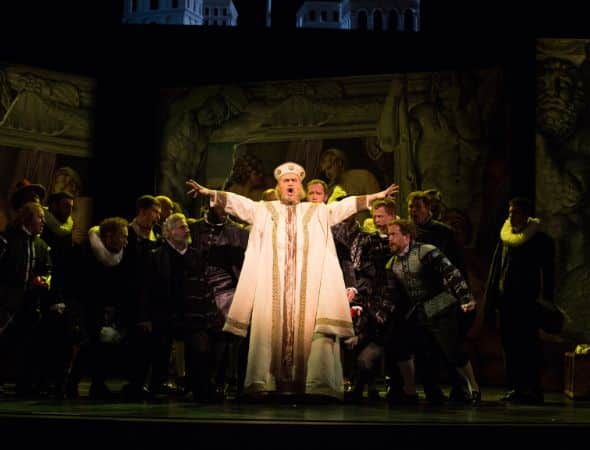
With its forthright treatment of salacious material, its intentionally suggestive title and its implied critique of a French monarch (François I), Hugo’s Le roi s’amuse was shut down in Paris after just one performance. When Verdi chose it as the subject for a commission for an 1851 carnival production at La Fenice, the principal Venetian opera house, he knew that he might also have trouble with censors—in this case, those working for the Austrian occupation of the city—but he was not to be discouraged. An ardent admirer of Shakespeare’s dramas, he described the jester Triboulet in Hugo’s play as “a creation worthy of Shakespeare,” the highest praise he could give.
Initial signs augured well: Verdi’s librettist Francesco Maria Piave, consulting his own political sources, assured him that the subject matter would be permitted, and the project went forward with the title La maledizione (“The Curse”) in June of 1850. But within a few months, the president of the opera company raised doubts about the production. In December of 1850, a scant three months before the scheduled premiere, news came that the opera would be barred from performance because of “repulsive immorality and obscene triviality of the plot.”
Although Austrian authorities stipulated that this decision was final and that the military governor wanted no further discussion, Piave had a backup plan. He produced a bowdlerized libretto for Verdi’s music entitled Duc de Vendome, but Verdi refused even to consider this toothless version. Instead, based on a meeting at Verdi’s home in Busseto, he and Piave drew up a six-point memorandum addressing the objections to the libretto and offering concessions.
In his strategy to appease the authorities, Verdi had to weigh the elements he deemed most crucial to the drama against those he considered expendable. Religious censors in particular objected to the title La maledizione (“The Curse”), which seemed to hold the power of superstition above that of the church. The opera was retitled with the name Rigoletto after its central character—a coinage that suggests the French verb rigoler, to guffaw. Nonetheless, Verdi felt that the curse uttered by the courtier Monterone, whose daughter is publicly deflowered by the Duke, was vital to the plot—especially since Rigoletto, too, has a daughter of his own and is desperate to protect her innocence. By joining in the mockery of Monterone and his daughter, Rigoletto fatefully places himself and Gilda among the accursed. Verdi succeeded not only in preserving this essential plot element, but in making Rigoletto’s anguished outcry “la maledizione!” the last word of Piave’s libretto.
In this altered version, Francois I morphs into a fictitious 16th-Century Duke of Mantua. The action remains the same, but a sexually explicit scene—in which Gilda ran from the duke, unwittingly locking herself in what turned out to be his bedroom—was excised. Now, as the helpless victim of mistaken identity and an abduction, her innocence becomes a foil emphasizing the depravity of her victimizer, the pathos of her sacrifice, and the corruption of the Mantuan court. With these plot changes and the altered names of the characters (as in Verdi’s Un ballo en maschera, which absurdly relocates the king of Sweden to a “royal” court in Boston), the grossly fictional setting makes the story more universal.
Though Rigoletto’s premiere in March 1851 was an unqualified success with the public, the critical reception was mixed; one aggrieved reviewer went so far as to accuse Verdi of taking a backward step toward Mozart. What perplexed the Italian operatic orthodoxy was Verdi’s rejection of the recitative-aria-cabaletta tradition of his earlier operas, which had continued along the bel canto trails blazed by Rossini, Bellini, and Donizetti. This opera signaled Verdi’s readiness to adapt musical forms more freely to serve his dramatic ends by composing with greater freedom and less vocal ornament. Writing for the Santa Fe Opera, the noted analyst Ira Siff declares that “with Rigoletto, Verdi turned the entire structure of Italian opera on its ear.” For example, Rigoletto’s first solo, “Pari siamo” (“We are alike”), takes the form of a brooding soliloquy rather than a traditional aria. In Act II, his great scena begins with an outwardly spontaneous exchange with the courtiers as he covertly searches for signs that the duke has entrapped his daughter, pretending to joke until he can no longer bear the pretense. The result, first an angry explosion and then a slow, tender plea for her return, upends the accustomed sequence of aria-cabaletta (dramatically slow principal air followed by up-tempo summation). “No recitative?” writes Siff. “The cabaletta before the aria? And all of it linked without a pause? Unheard of!”
To the late musicologist Piero Weiss, an authority on Rigoletto, these and other innovations establish the opera as the gateway to Verdi’s middle period—the most significant breakthrough among the “big three” (with Il trovatore and La traviata). With Rigoletto, he asserts, Verdi launched Italian opera from evolution to revolution. Even more remarkably, Verdi accomplished this transformation in 1851 with a drama that remains irreducibly modern today.



